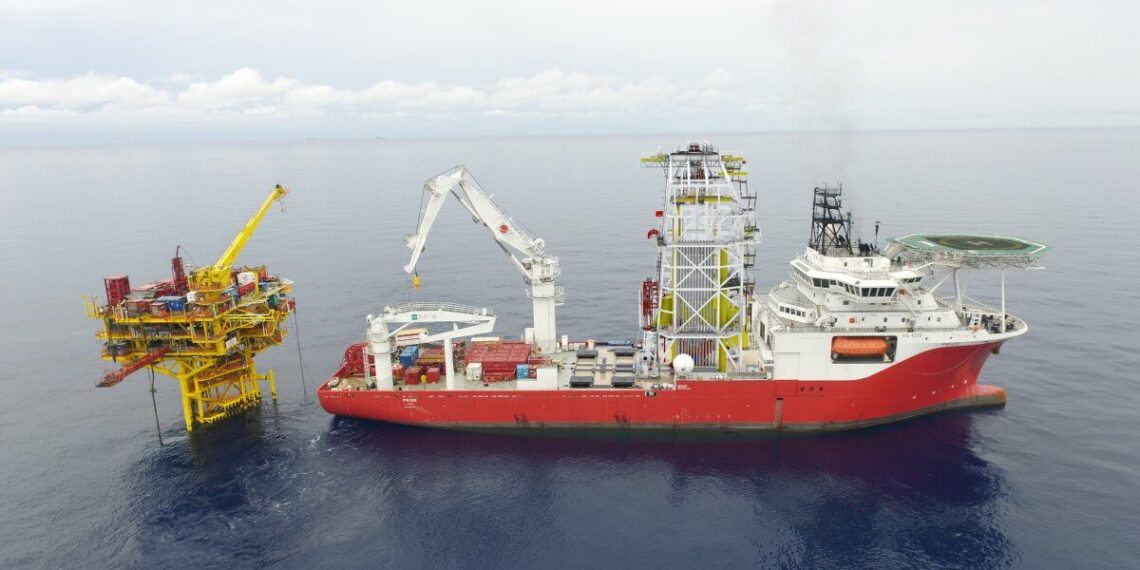If you are new to the field of well intervention, you may wonder what it entails. In this article, we’ll discuss what a well intervention is and the essential tools and methods that operators may use to carry out a successful well intervention. So read on to learn more!… And don’t forget to check out the Regulations! We’ll also discuss the benefits of well intervention and the risks involved.
Table of Contents
Snubbing
Snubbing in a rigless well intervention is necessary for operators to continue operating the well while completing the work. Using a live well workover eliminates the risk of formation damage from kill fluids and is economical for tubing movement. Snubbing in wells with live wells removes the cost and time of transportation, disposal, and storage of kill fluids. Instead, snubbing units allow operators to complete the intervention in a short period.
Snubbing in well interventions uses opposing hydraulic jacks to control the descent of the drill string into the well. Snubbing units are used in heavy-pipe and light-pipe conditions, where the weight of the drill string exceeds the pressure in the wellbore. You would force the drill string out of the well without a snubbing unit. A snubbing unit can effectively prevent this problem by preventing uncontrolled tubing descent.
Subsea Well Intervention
The EIA series of subsea well control equipment is integral to the lower-wellhead riser package. It features a single-line hydraulic system and wedge-type auto lock actuator system that locks the rams in the closed position in case of an emergency or hydraulic failure. In addition, the EIA comprises two types of rams, blind shear and grip seal. The former rams are designed to cut tubing, while the latter ram seals around coiled tubing.
North America is expected to account for the largest subsea well intervention market share during the forecast period. However, South America is expected to witness the highest growth rate during the study period, owing to the region’s growing oil and gas activities. In addition, new opportunities have arisen in the developing nations of the Middle East, Africa, and South America. However, the opportunities in this market remain limited, as the organizational structures of some operators are still not sufficiently advanced to fully embrace SWI programs.
Coiled Tubing
Most coiled tubing units are limited to depths of 14,000 to 15,000 feet. The coiled tubing intervention process consists of several components. The main engine is the injector head, fitted with a mechanism for pushing and pulling the coil. The injector head is also equipped with a curved guide beam, a gooseneck, that guides the coil into the injector body. Other components of the coiled tubing system include the guiding arch and the stripper, which are equipped with rubber pack-off elements to prevent the escaping of well fluids. You can also learn more through PRT Offshore deepwater well access.
Regulations Governing Well Intervention
As the industry continues to evolve, so must regulations governing well intervention. These rules govern water wells’ construction, renovation, and abandonment for drinking, culinary, and food-processing purposes. As an operator, you must know how to use the tools and methods in your arsenal to meet regulatory standards. Here are some guidelines to follow:
BSEE Guidelines for Well Intervention: BSEE has recently issued guidelines describing the requirements of intervention systems, subsea well units, and the deepwater environment. The guidelines also detail how to inspect and test equipment for well control. This makes intervention systems part of the well-control equipment, and BSEE makes Rule 53 applicable to them. Although the regulation’s scope is limited, it could have broad implications for oil and gas companies.
The Department of Health and Human Services may also require that the casing of a well be less than 20 feet in total length. In some cases, this may be possible if the well is constructed with additional measures to ensure potable water. But if a known source has contaminated the water from the well, the governing agency may require other steps to prevent contamination. Ultimately, regulations govern the safety of drinking water.

